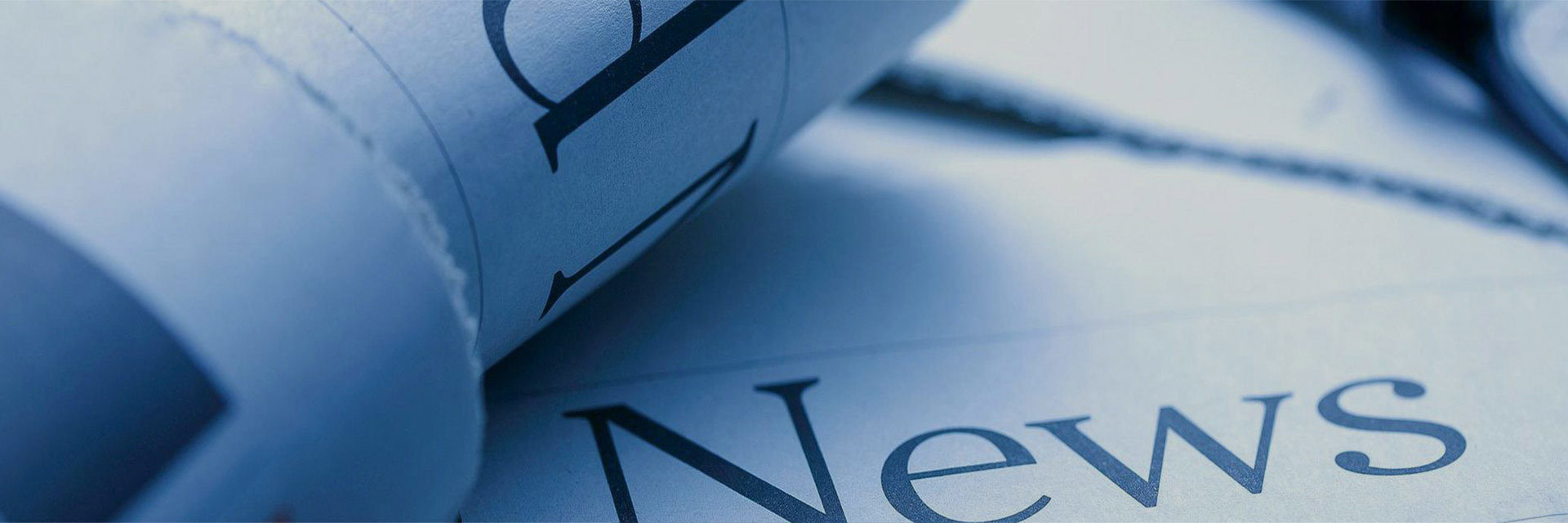Understanding Rubber Lined Steel Pipes: Applications and Benefits in the Chemical Industry
Release time:
2025-04-17
Rubber lined steel pipes are engineered products that combine the strength of steel with the flexibility and chemical resistance of rubber. This unique combination makes them an ideal choice for various applications in the chemical industry, where the transport of corrosive fluids is a common requirement. The applications of these pipes extend beyond just chemical handling; they are also used in i

Rubber lined steel pipes are engineered products that combine the strength of steel with the flexibility and chemical resistance of rubber. This unique combination makes them an ideal choice for various applications in the chemical industry, where the transport of corrosive fluids is a common requirement. The applications of these pipes extend beyond just chemical handling; they are also used in industries such as mining, wastewater management, and HVAC systems.
One of the primary benefits of rubber lined steel pipes is their ability to withstand harsh environments. The rubber lining acts as a protective barrier, preventing corrosion and extending the lifespan of the steel pipe. This is particularly valuable in the chemical industry, where exposure to aggressive chemicals can lead to rapid deterioration of conventional steel pipes. By using rubber lined pipes, companies can significantly reduce maintenance costs and downtime associated with pipe replacement.
Additionally, rubber lined steel pipes offer excellent insulation properties, which can help in maintaining the temperature of the transported fluids. This is crucial in chemical processes where temperature control is essential for safety and efficiency. The rubber lining not only insulates but also reduces noise during fluid transport, making operations quieter and more pleasant for workers.
When selecting rubber lined steel pipes, it is important to consider the type of rubber used for the lining. Different rubber materials offer varying degrees of chemical resistance and flexibility, so it’s crucial to choose a lining that matches the specific fluids being transported. For example, EPDM (ethylene propylene diene monomer) rubber is known for its resistance to heat and chemicals, making it suitable for a wide range of applications.
Another consideration is the pipe's pressure rating and diameter. Proper sizing and pressure ratings ensure that the pipes can handle the operational demands of the system, preventing leaks and ruptures. It is advisable to work with experienced engineers or consultants to ensure the right specifications are met.
Moreover, installation practices play a significant role in the performance of rubber lined steel pipes. Proper installation techniques, such as securing joints and minimizing bends, can enhance the longevity and efficiency of the piping system. Regular inspections and maintenance can also help identify any potential issues before they escalate into more significant problems.
In conclusion, rubber lined steel pipes serve as a robust solution for transporting corrosive and hazardous materials in the chemical industry. Their durability, resistance to corrosion, and insulation properties make them a preferred choice for many applications. When considering the implementation of these pipes, it is essential to evaluate the lining material, size, pressure ratings, and installation practices to maximize their benefits and ensure efficient operations.
One of the primary benefits of rubber lined steel pipes is their ability to withstand harsh environments. The rubber lining acts as a protective barrier, preventing corrosion and extending the lifespan of the steel pipe. This is particularly valuable in the chemical industry, where exposure to aggressive chemicals can lead to rapid deterioration of conventional steel pipes. By using rubber lined pipes, companies can significantly reduce maintenance costs and downtime associated with pipe replacement.
Additionally, rubber lined steel pipes offer excellent insulation properties, which can help in maintaining the temperature of the transported fluids. This is crucial in chemical processes where temperature control is essential for safety and efficiency. The rubber lining not only insulates but also reduces noise during fluid transport, making operations quieter and more pleasant for workers.
When selecting rubber lined steel pipes, it is important to consider the type of rubber used for the lining. Different rubber materials offer varying degrees of chemical resistance and flexibility, so it’s crucial to choose a lining that matches the specific fluids being transported. For example, EPDM (ethylene propylene diene monomer) rubber is known for its resistance to heat and chemicals, making it suitable for a wide range of applications.
Another consideration is the pipe's pressure rating and diameter. Proper sizing and pressure ratings ensure that the pipes can handle the operational demands of the system, preventing leaks and ruptures. It is advisable to work with experienced engineers or consultants to ensure the right specifications are met.
Moreover, installation practices play a significant role in the performance of rubber lined steel pipes. Proper installation techniques, such as securing joints and minimizing bends, can enhance the longevity and efficiency of the piping system. Regular inspections and maintenance can also help identify any potential issues before they escalate into more significant problems.
In conclusion, rubber lined steel pipes serve as a robust solution for transporting corrosive and hazardous materials in the chemical industry. Their durability, resistance to corrosion, and insulation properties make them a preferred choice for many applications. When considering the implementation of these pipes, it is essential to evaluate the lining material, size, pressure ratings, and installation practices to maximize their benefits and ensure efficient operations.
Key word:
Rubber lined steel pipes
Recommended



